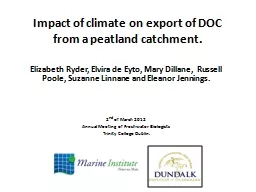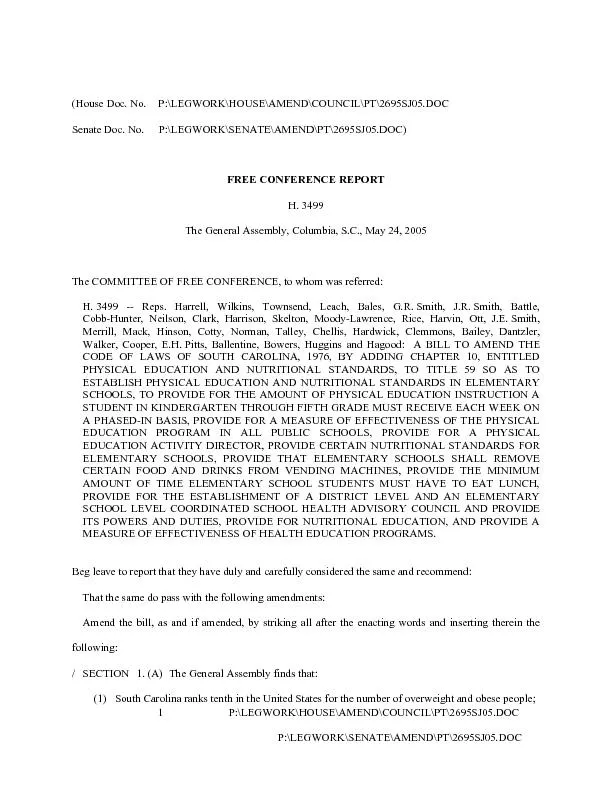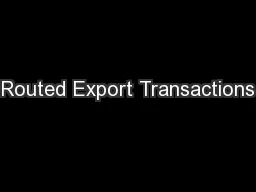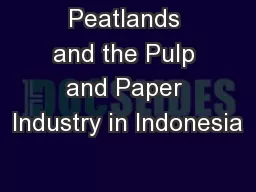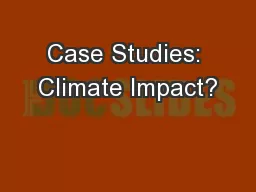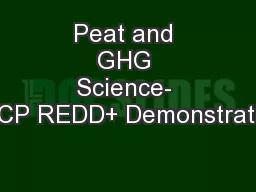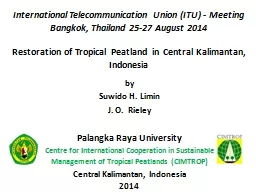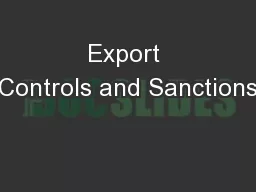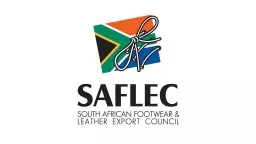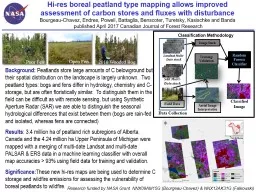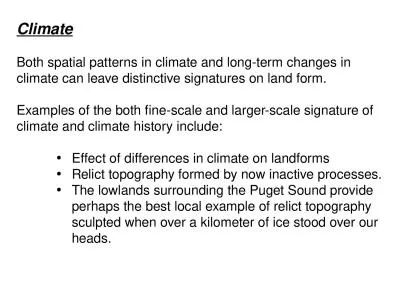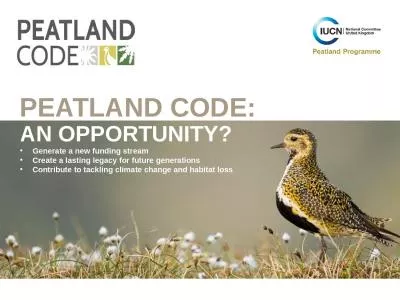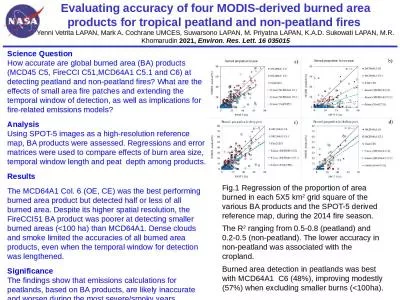PPT-Impact of climate on export of DOC from a peatland catchmen
Author : karlyn-bohler | Published Date : 2016-03-26
Elizabeth Ryder Elvira de Eyto Mary Dillane Russell Poole Suzanne Linnane and Eleanor Jennings 2 nd of March 2012 Annual Meeting of Freshwater Biologists Trinity
Presentation Embed Code
Download Presentation
Download Presentation The PPT/PDF document "Impact of climate on export of DOC from ..." is the property of its rightful owner. Permission is granted to download and print the materials on this website for personal, non-commercial use only, and to display it on your personal computer provided you do not modify the materials and that you retain all copyright notices contained in the materials. By downloading content from our website, you accept the terms of this agreement.
Impact of climate on export of DOC from a peatland catchmen: Transcript
Download Rules Of Document
"Impact of climate on export of DOC from a peatland catchmen"The content belongs to its owner. You may download and print it for personal use, without modification, and keep all copyright notices. By downloading, you agree to these terms.
Related Documents

